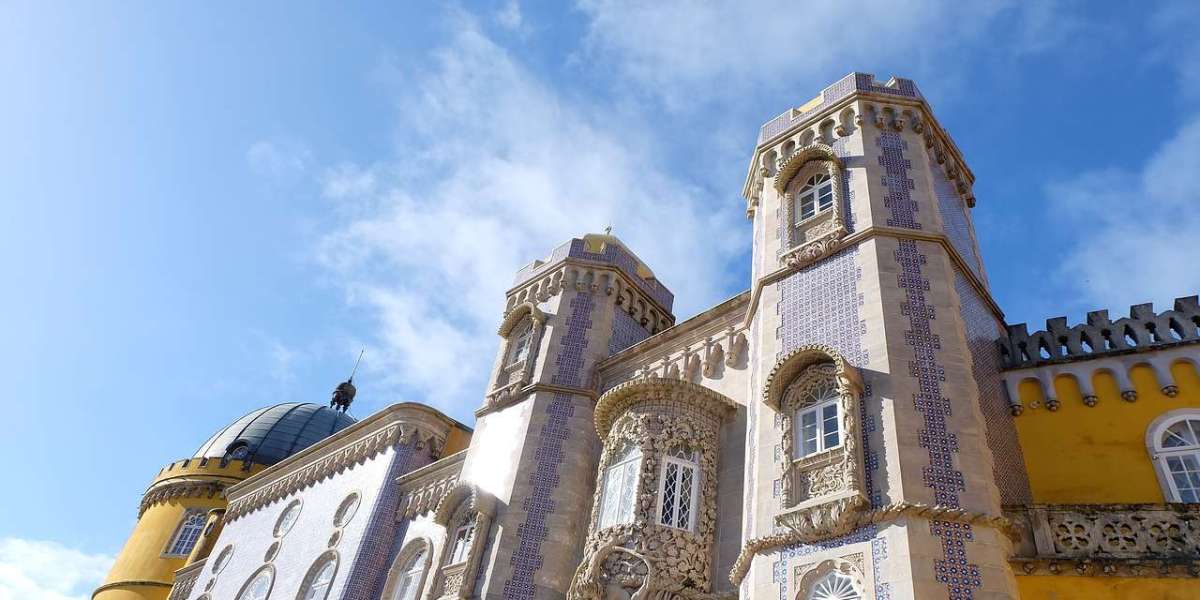Introduction:
Pena Palace in Sintra, Portugal, is a remarkable testament to architectural eclecticism, blending various styles into a harmonious and visually stunning masterpiece. As you explore this iconic palace, you'll encounter a captivating fusion of architectural influences that contribute to its unique character. Check out Pena Palace Tickets before visiting the place. Here are seven architectural styles that define Pena Palace:
1. Romanticism: The Core Inspiration
Constructed during the 19th century, Pena Palace is primarily a product of the Romanticism movement. Romantic architecture is characterized by a fascination with fantasy, emotion, and a departure from classical norms. Pena Palace's vibrant colors, asymmetrical design, and playful detailing all reflect the romantic spirit of the era.
2. Moorish Revival: Exotic and Intricate Details
The influence of Moorish architecture is evident in the intricate details adorning Pena Palace. From horseshoe arches and geometric patterns to decorative tiles, the Moorish Revival style adds an exotic touch, reminiscent of the region's historical connections with Moorish culture.
3. Neo-Manueline: A Nod to Portuguese Heritage
Neo-Manueline, a revival of the Manueline style from the 16th century, is present in certain elements of Pena Palace. This Portuguese architectural style features ornate detailing, maritime motifs, and the use of Manueline window tracery, paying homage to Portugal's seafaring heritage.
4. Gothic Revival: Towering Spires and Pointed Arches
Gothic Revival architecture is incorporated into Pena Palace through its towering spires, pointed arches, and intricate tracery. These Gothic elements contribute to the fairytale-like appearance of the palace, creating a sense of medieval romanticism.
5. Renaissance: Symmetry and Classical Elements
While Pena Palace is predominantly a product of Romanticism, certain areas display Renaissance influences, characterized by more classical elements and symmetrical design. The use of columns, balustrades, and symmetrically arranged windows reflects the Renaissance revival seen in various European architectural styles.
6. Indian and Oriental Influences: Exotic Ornamentation
Pena Palace's eclectic nature extends to Indian and Oriental influences, seen in the exotic ornamentation adorning some of its structures. From domes with finials to decorative tiles, these influences contribute to the palace's rich tapestry of design.
7. Neo-Gothic: Dramatic Windows and Buttresses
Neo-Gothic elements are prevalent in the pointed arches, ribbed vaults, and flying buttresses that adorn Pena Palace. These features, borrowed from the original Gothic style, contribute to the palace's grandeur and add a sense of drama to its overall aesthetic.
Conclusion: A Tapestry of Architectural Harmony
Pena Palace stands as a testament to the harmonious blending of diverse architectural styles. The fusion of Romanticism, Moorish Revival, Neo-Manueline, Gothic Revival, Renaissance, Indian, Oriental, and Neo-Gothic styles creates a visual tapestry that reflects the rich history and cultural influences that shaped Portugal. As you explore Pena Palace, each architectural style unveils a layer of the palace's story, making it a truly unique and captivating destination for admirers of art and architecture.









